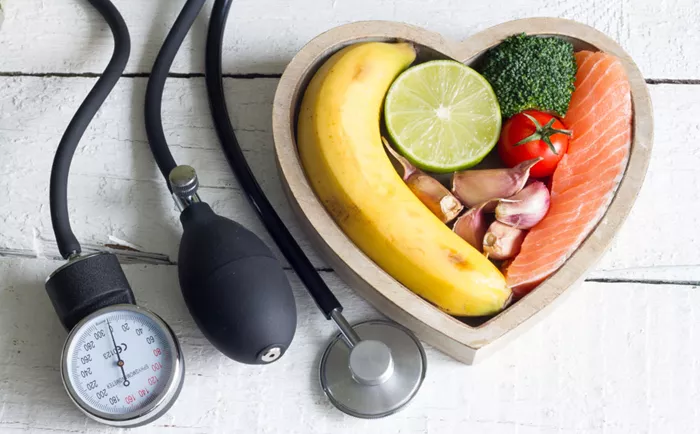A recent study published in the American Journal of Physiology Renal Physiology reveals that increasing potassium intake may be more effective at lowering blood pressure than simply reducing sodium. Using advanced computational models, researchers explored how our bodies manage sodium, potassium, and fluids, and why men and women may respond differently to these nutrients.
The Body’s Balance: Sodium, Potassium, and Blood Pressure
Our body’s systems—including the kidneys, cardiovascular system, and hormones—work together to maintain the right balance of fluids and electrolytes like sodium and potassium. This balance plays a key role in regulating blood pressure. Hypertension (high blood pressure), which is a major risk factor for heart disease and stroke, is becoming more common, especially in aging populations or those with diets high in processed foods and low in fruits and vegetables.
The typical modern diet, high in sodium and low in potassium, is a mismatch for what our bodies evolved to handle.
Why Potassium Is Crucial for Blood Pressure
While it’s well-known that too much sodium raises blood pressure and potassium helps lower it, this new study takes it a step further by focusing on the ratio of sodium to potassium in the diet. When this ratio is out of balance—as it is in most modern diets—blood pressure increases, along with the risk of heart disease and early death. Increasing potassium intake, even without drastically cutting sodium, can help control blood pressure.
Men and Women Respond Differently to Potassium and Sodium
The study also uncovered significant gender differences. Men are generally more likely to develop high blood pressure than premenopausal women. However, men also tend to respond better to dietary changes, such as increasing potassium intake. The study suggests this could be due to differences in hormone levels, kidney function, and how the body handles sodium and potassium. For example, women’s kidneys appear to reabsorb less sodium, which helps keep their blood pressure lower even when their diet is high in sodium.
Key Findings from the Simulation
Researchers used data from animal studies and translated it into a human model to explore how the body reacts to high sodium and potassium intake. Here’s what they found:
When sodium intake doubles, blood sodium levels increase slightly, but blood pressure rises more significantly, especially in men.
Increasing potassium intake helps flush both sodium and potassium out through urine, stabilizing blood pressure—even when sodium intake remains high.
Women have an advantage in regulating blood pressure. Their kidneys are more efficient at sending excess sodium to sensors that tell the body to stop reabsorbing sodium and relax blood vessels, lowering blood pressure.
What to Eat for Better Blood Pressure
It’s not just about cutting salt—it’s also about boosting potassium intake. Potassium-rich foods include:
- Bananas
- Broccoli
- Spinach
- Sweet potatoes
- Avocados
- Beans and lentils
These foods not only help balance sodium levels but also promote overall heart health.
Final Takeaway: Balance Is Key
The study highlights that the most important factor in managing blood pressure is the balance between sodium and potassium. Since men and women respond differently to these nutrients, personalized nutrition could be a promising future direction for blood pressure management.
As Professor Anita Layton from the University of Waterloo put it, “Our research suggests that adding more potassium-rich foods, like bananas or broccoli, might have a greater positive impact on blood pressure than just cutting sodium.”
Looking ahead, more research will explore how medications interact with these systems, but for now, the best advice might be to focus on potassium-rich foods at your next grocery trip.
Related topics:
- Beyond Bananas: 20 Everyday Foods That Pack More Potassium
- Study Reveals Health Risks Of Fluoride For Pregnant Women And Infants
- Men’S Multivitamins Recalled Due To Soy Allergen Risk, FDA Warns


